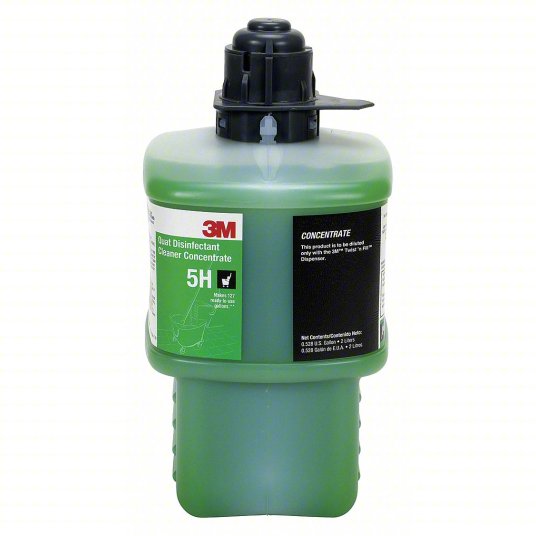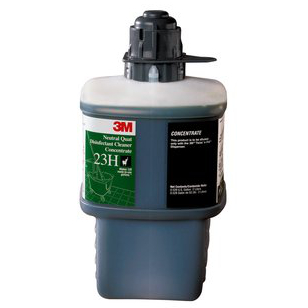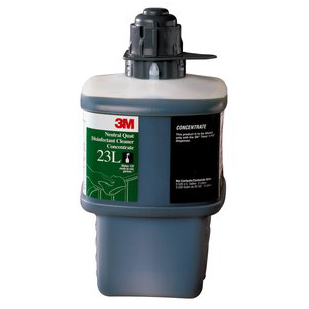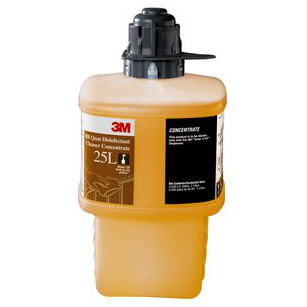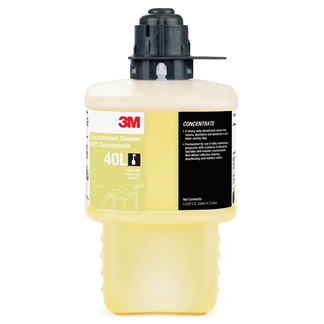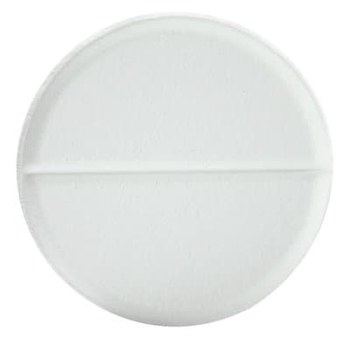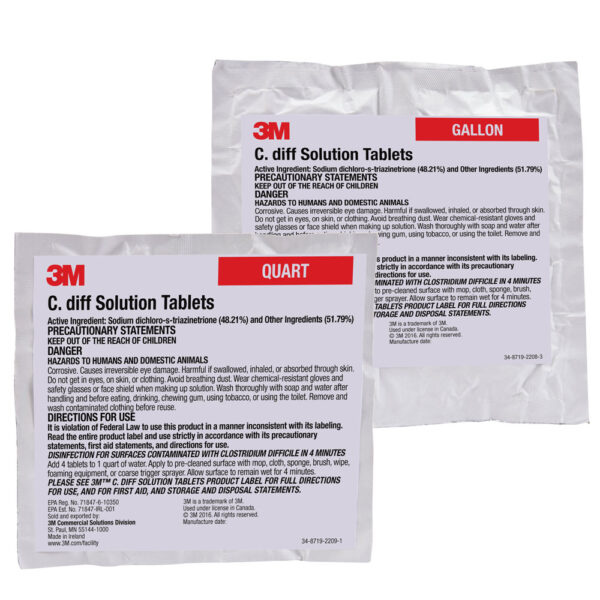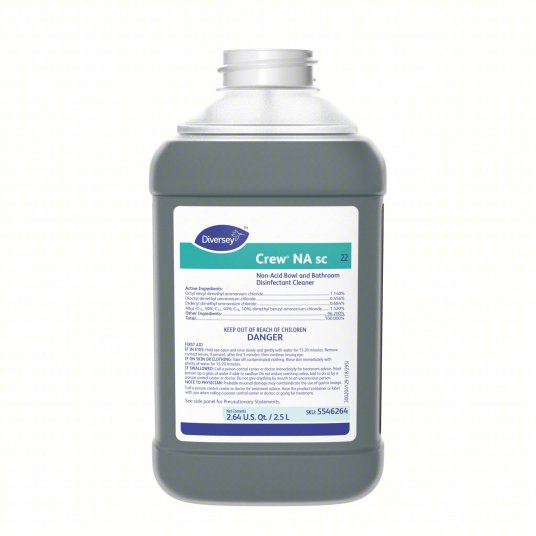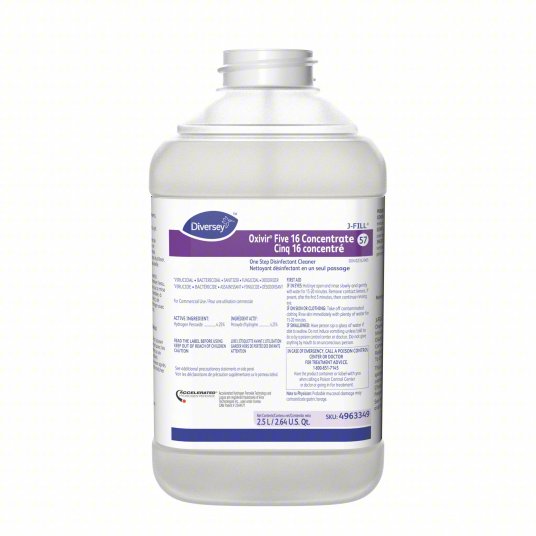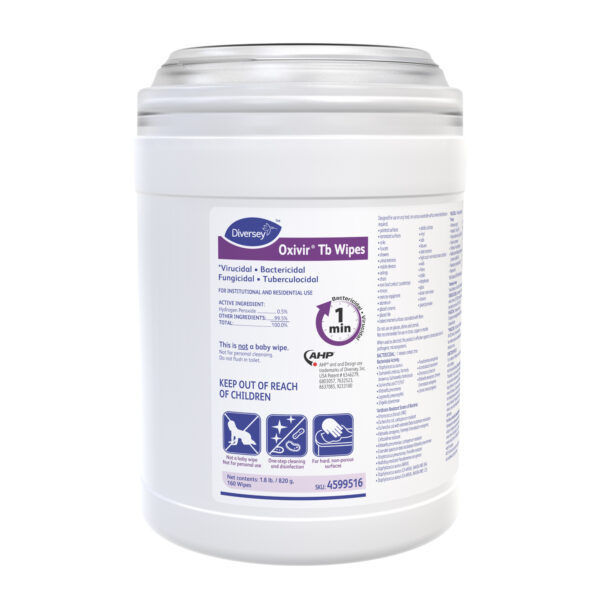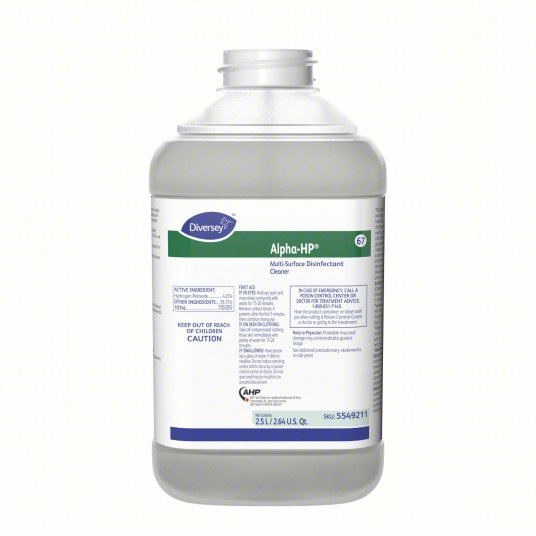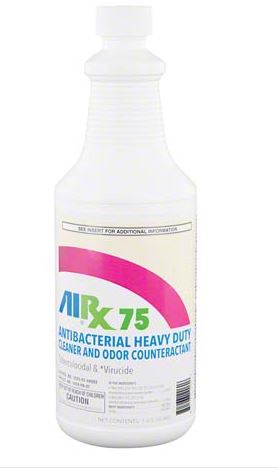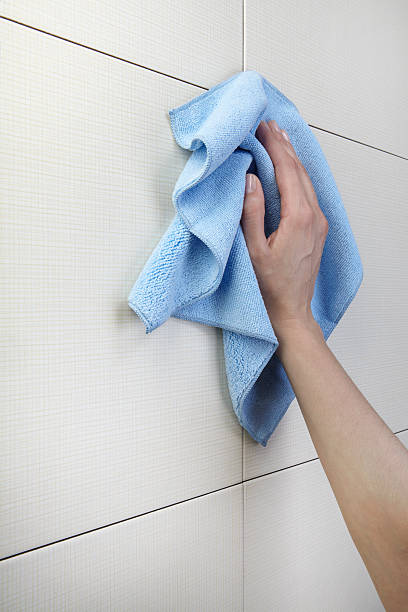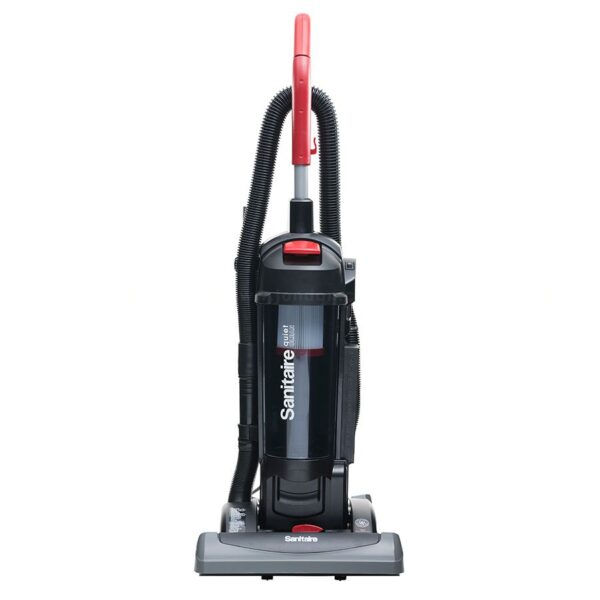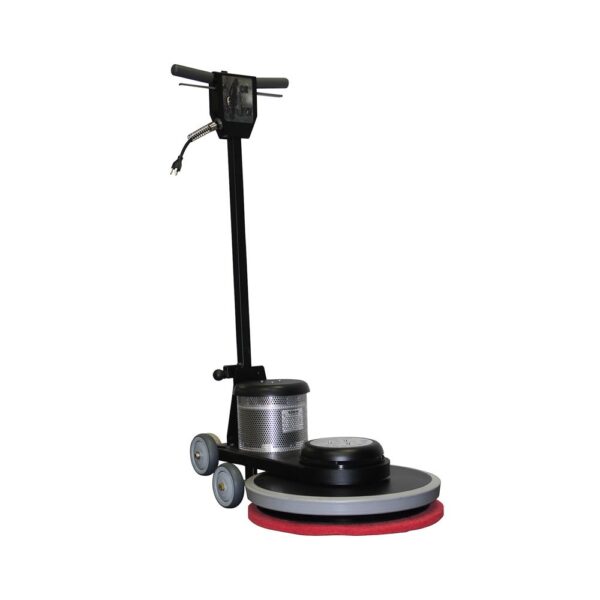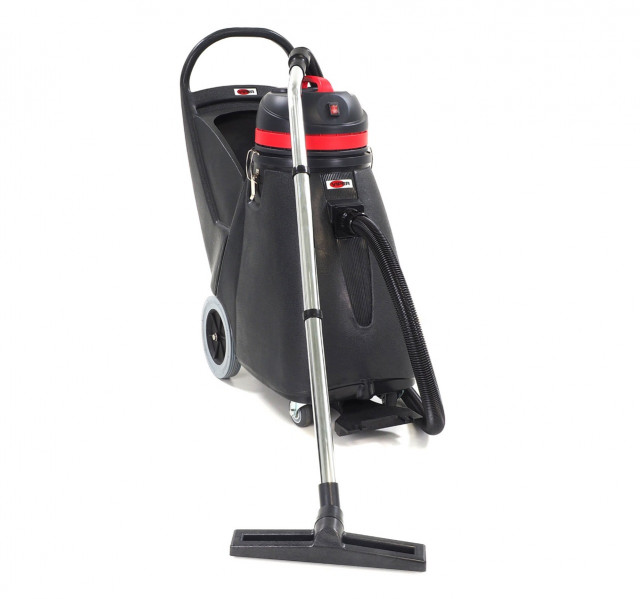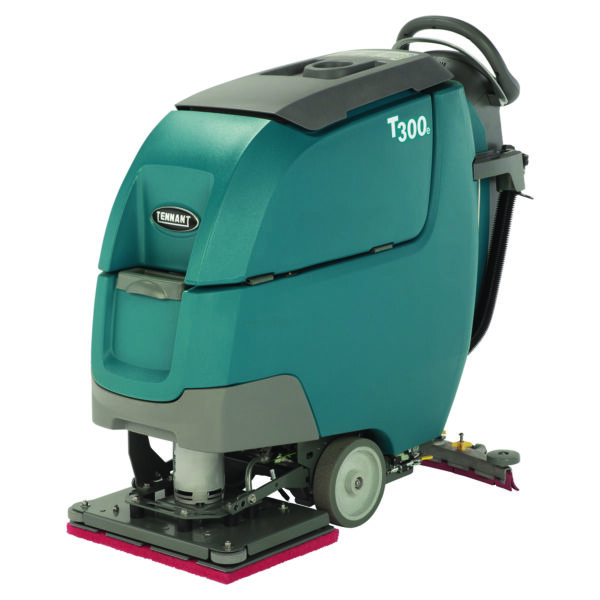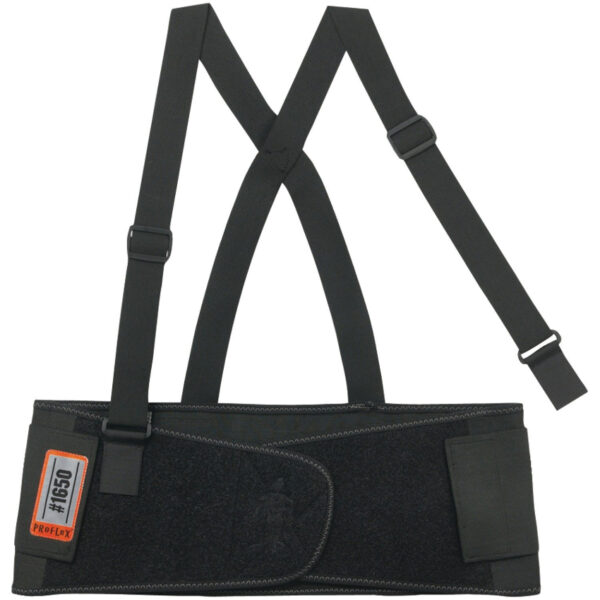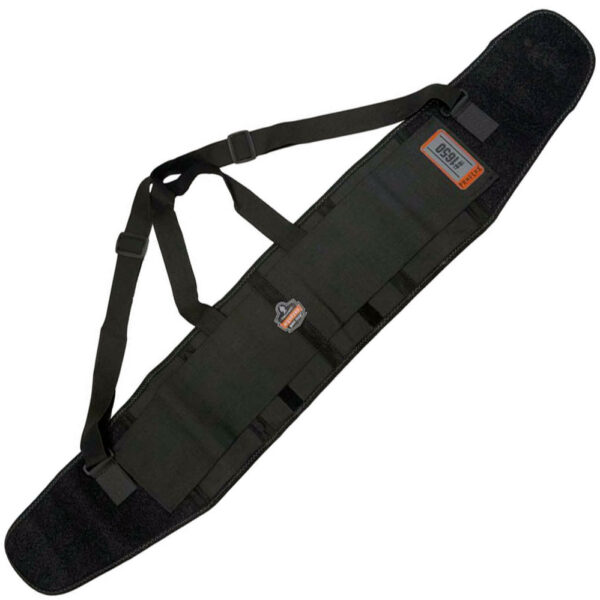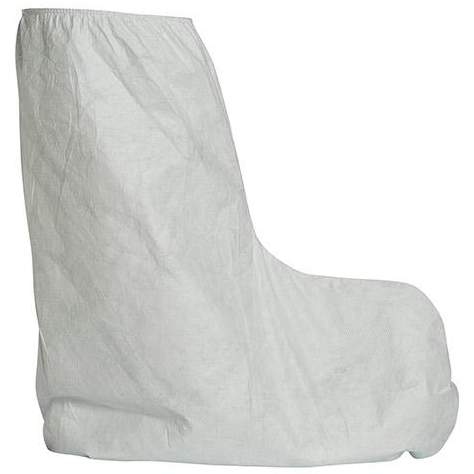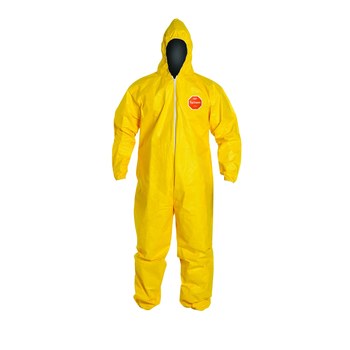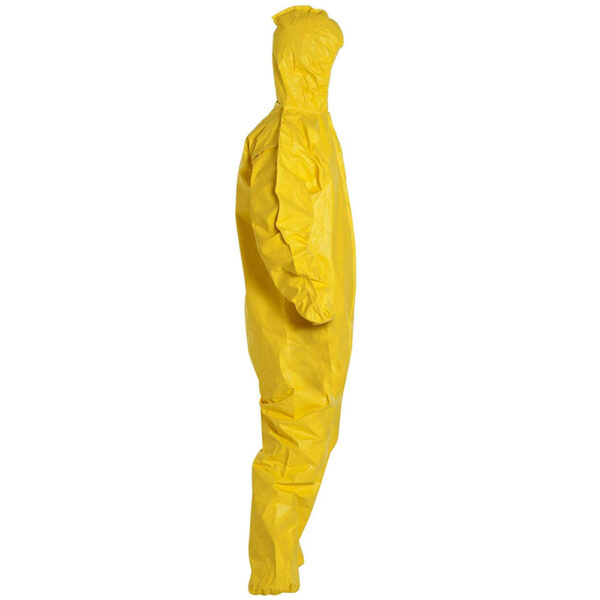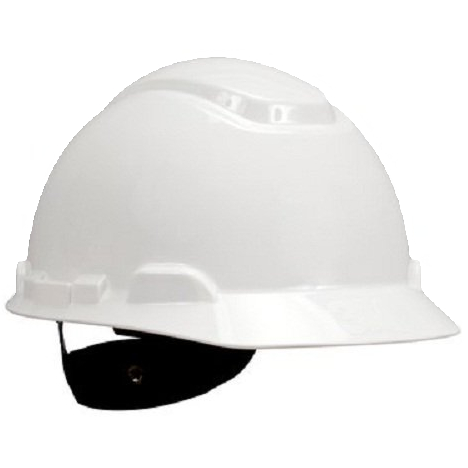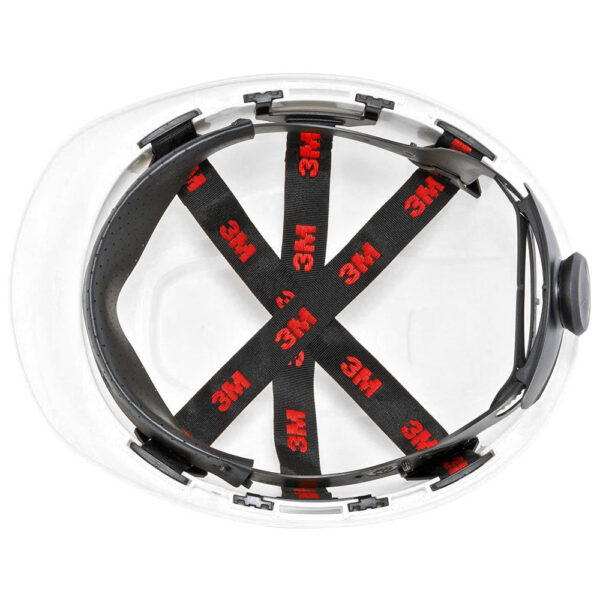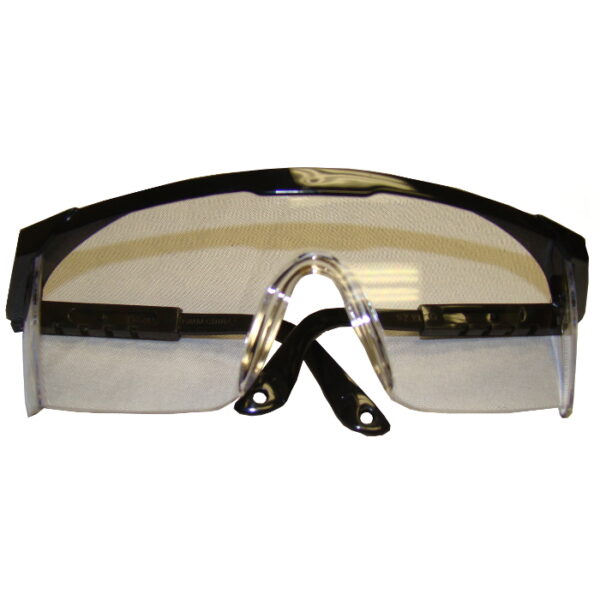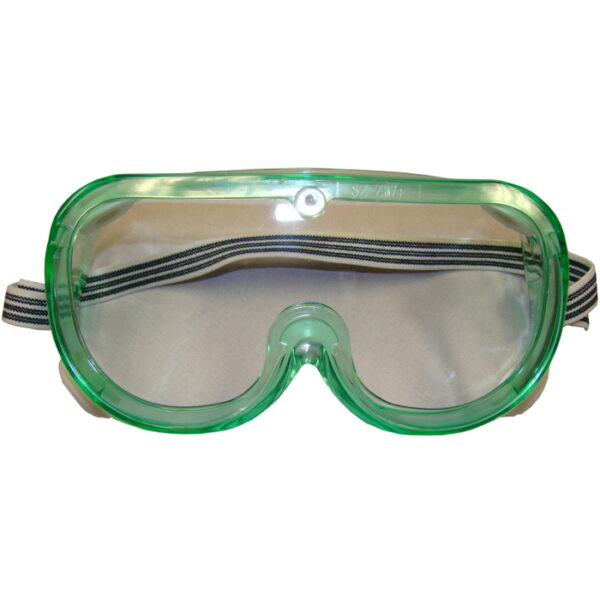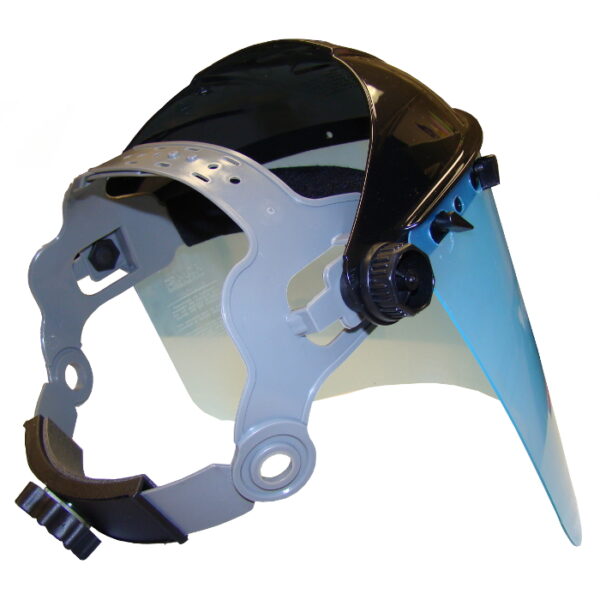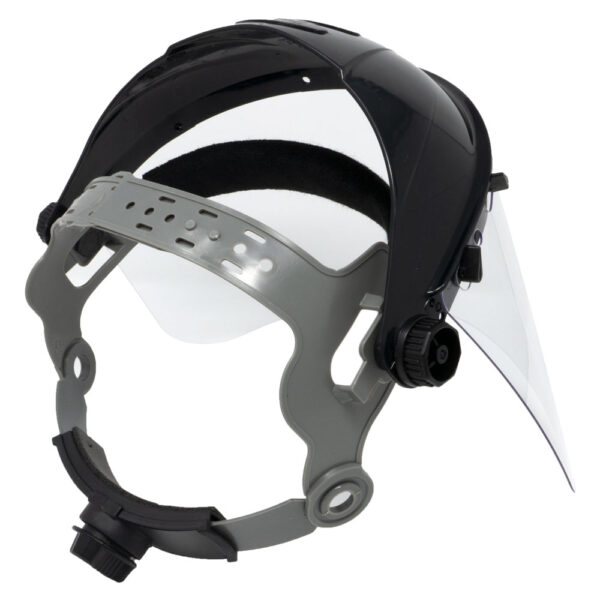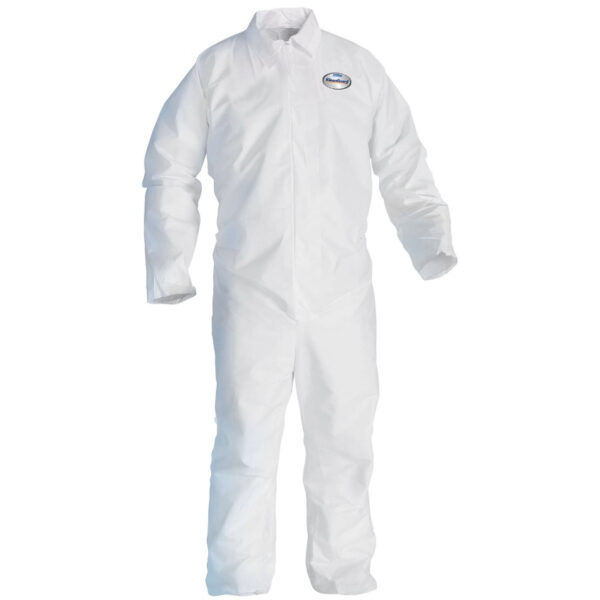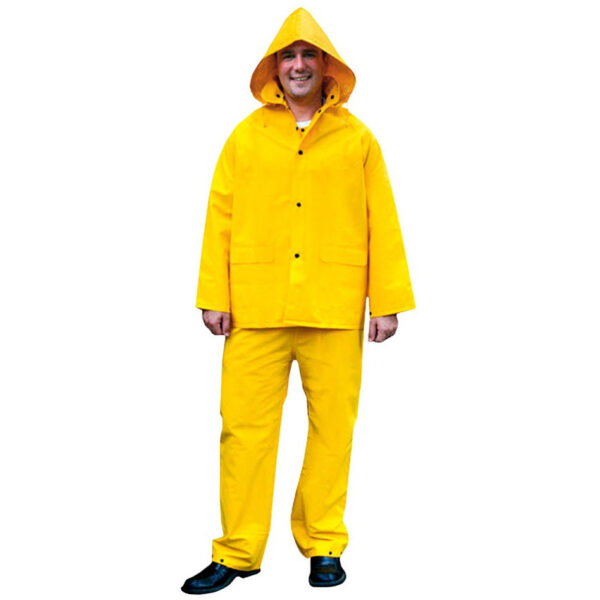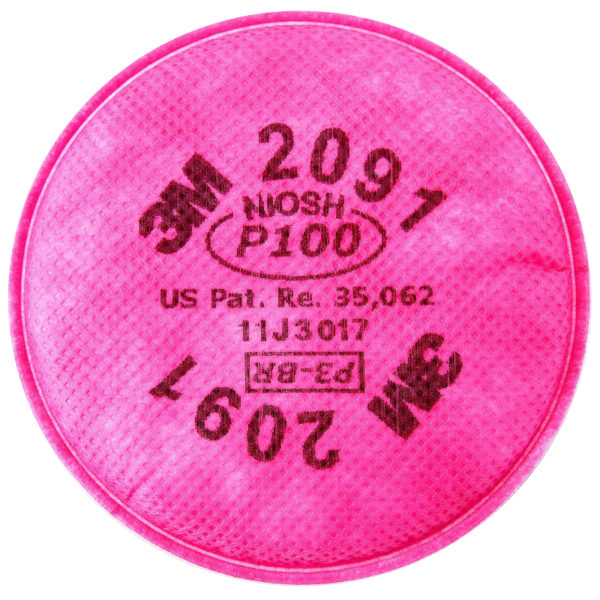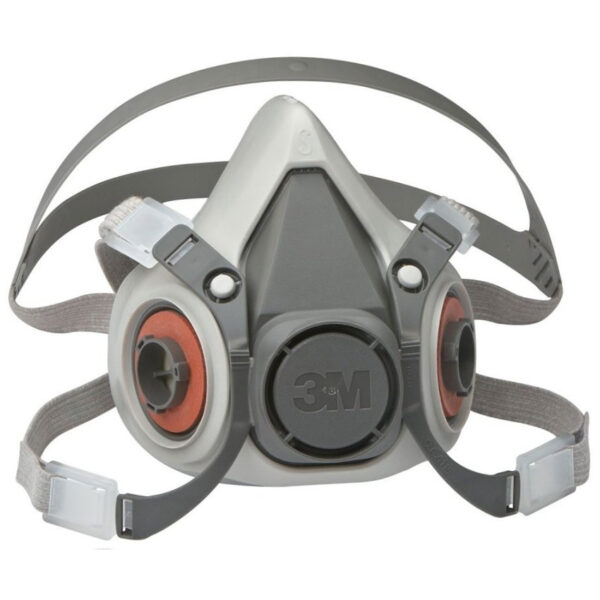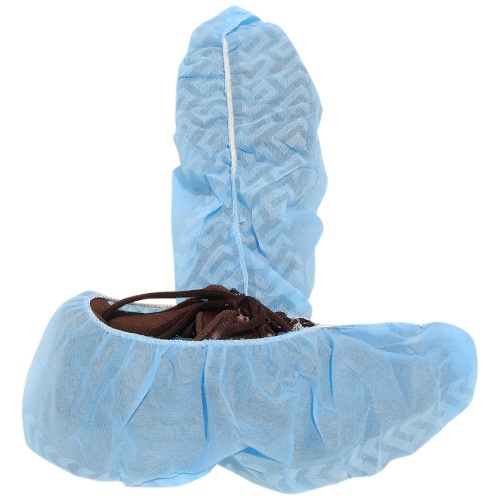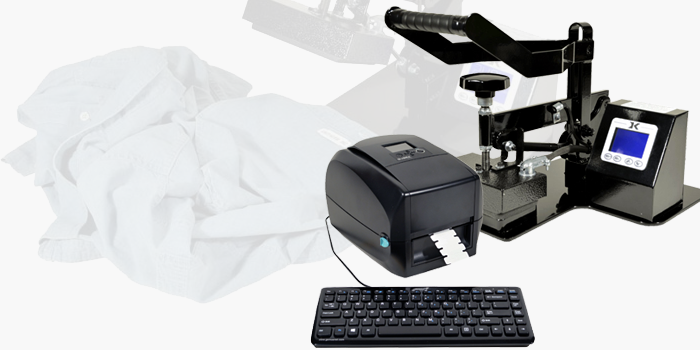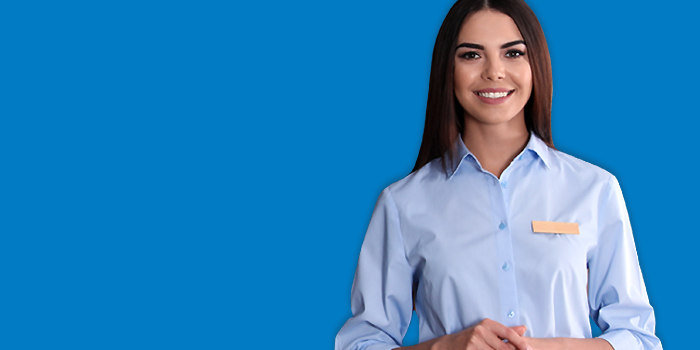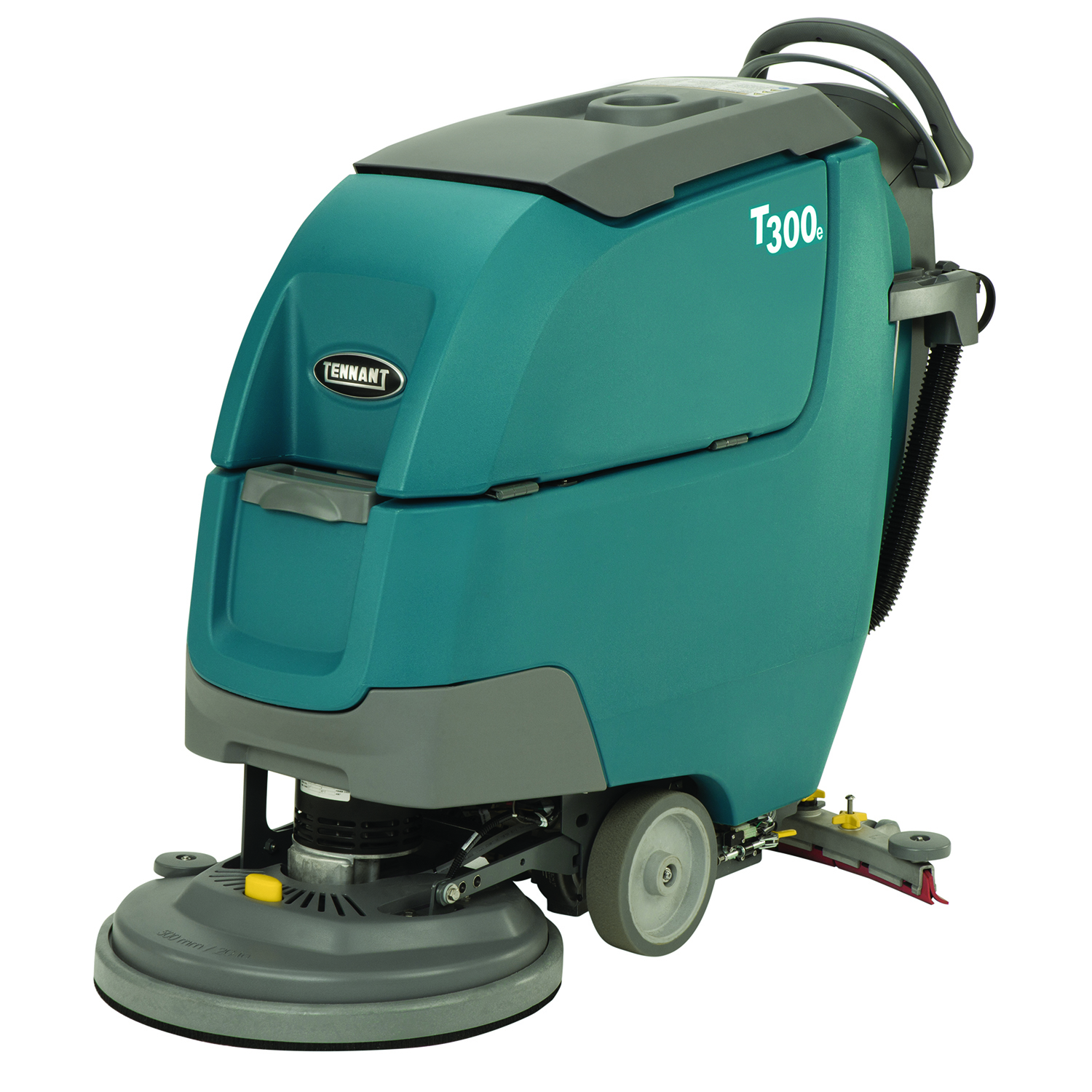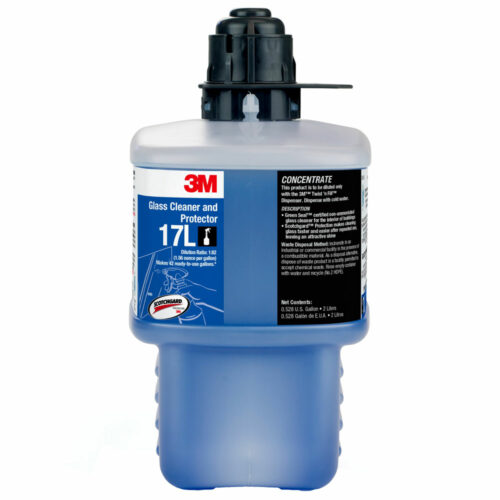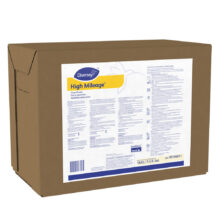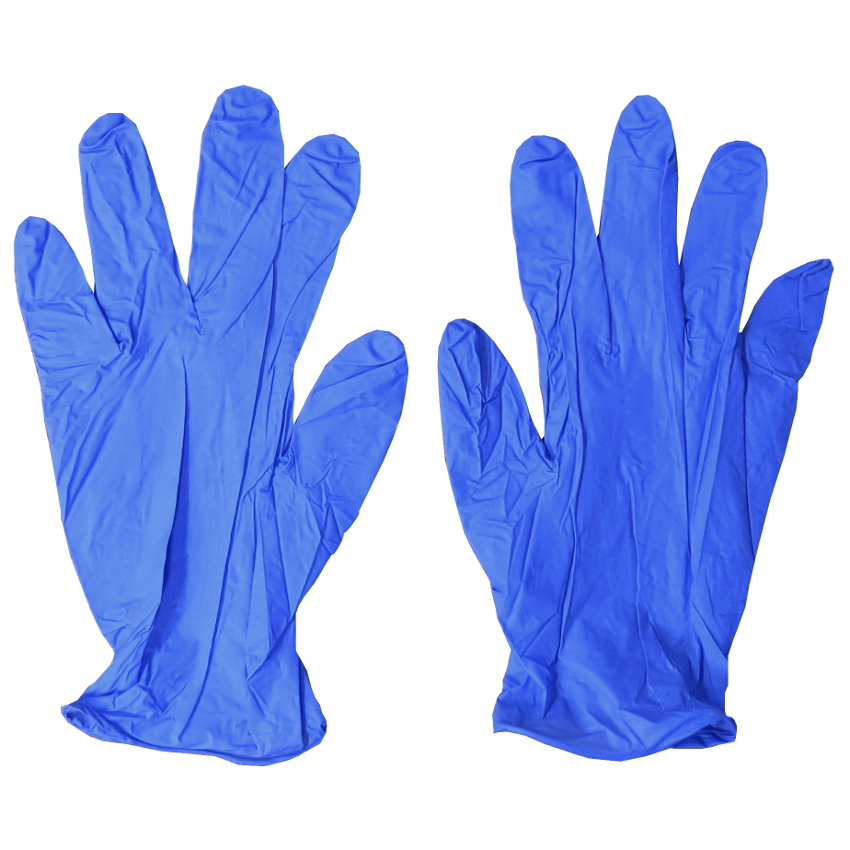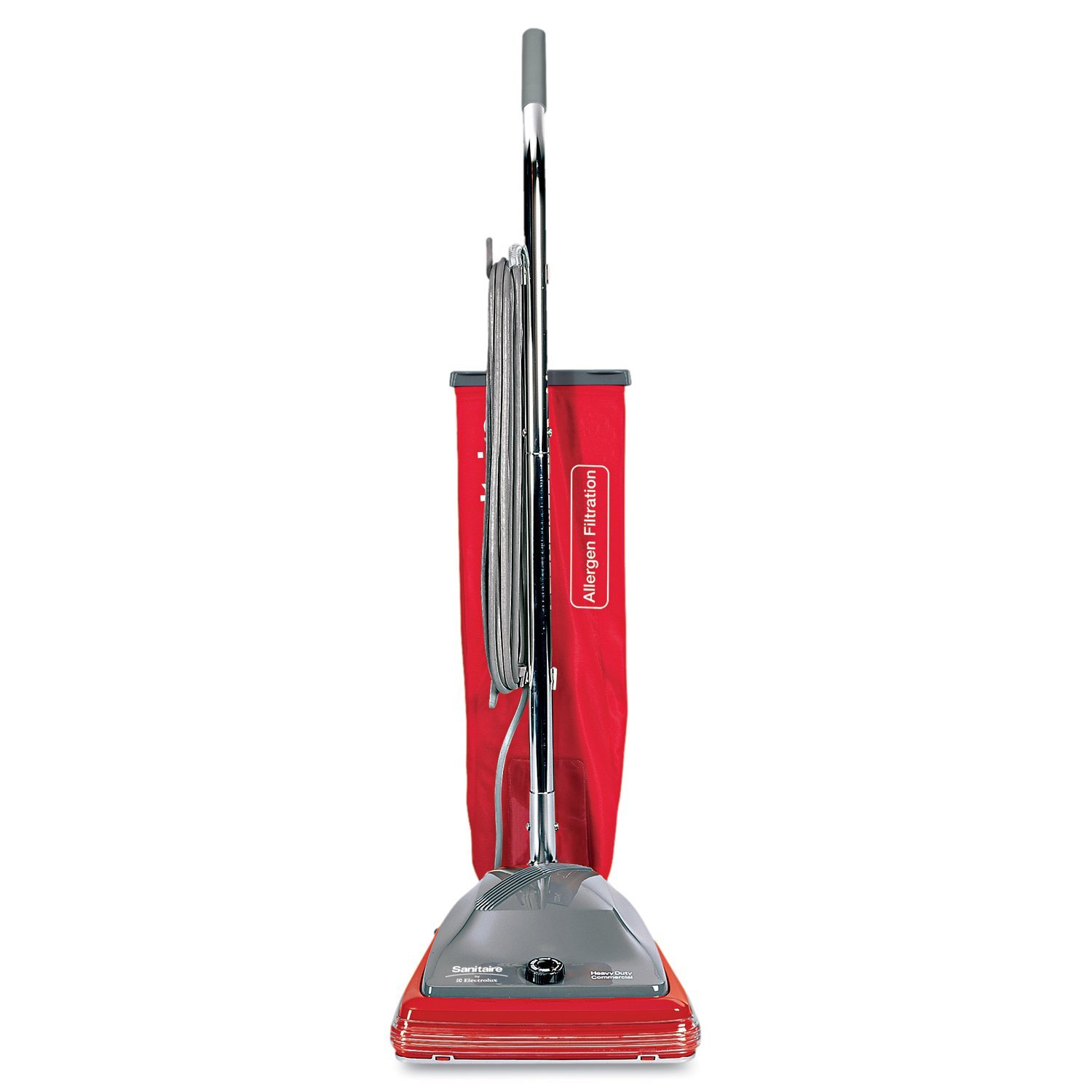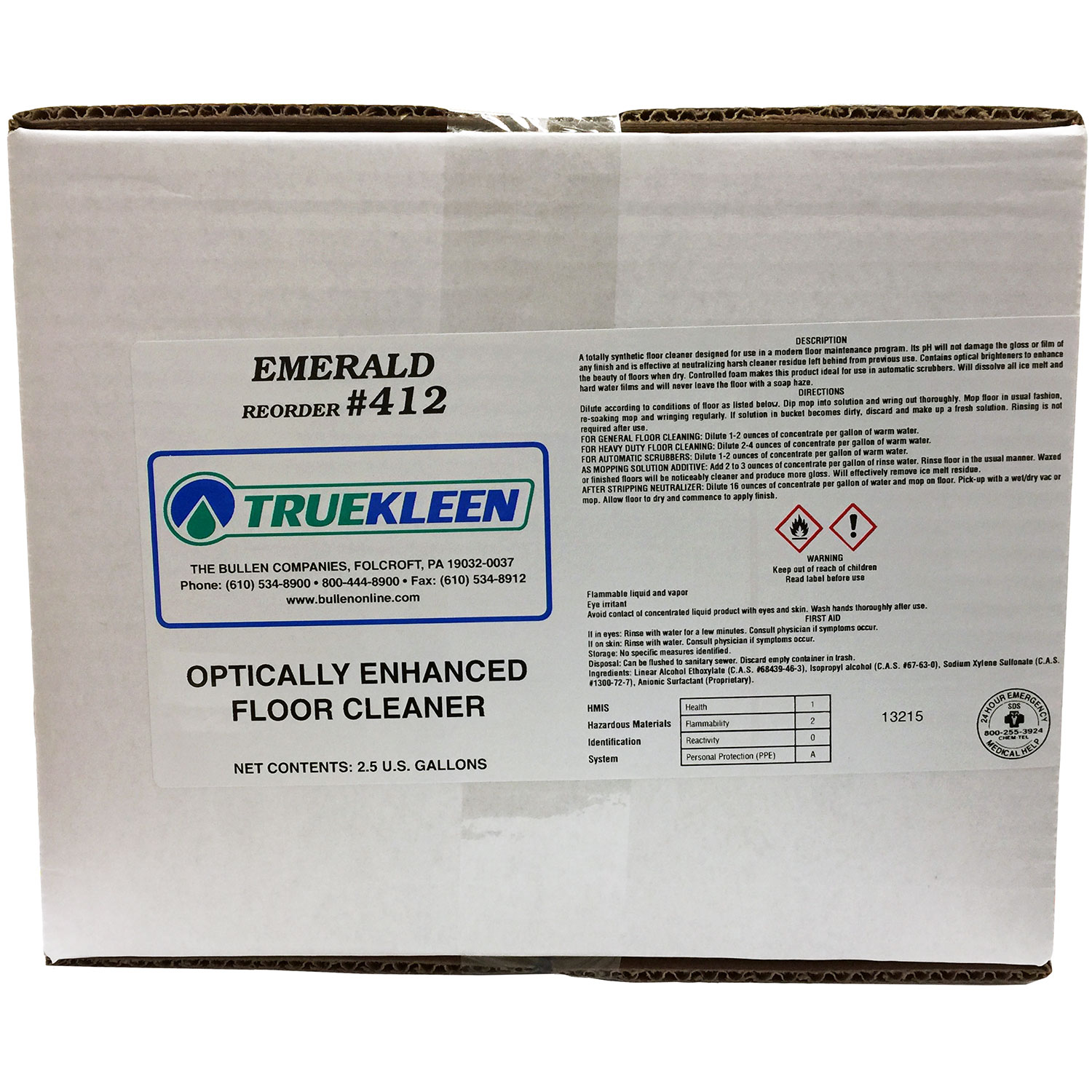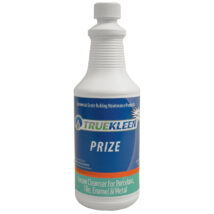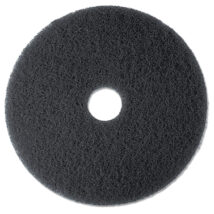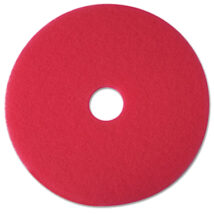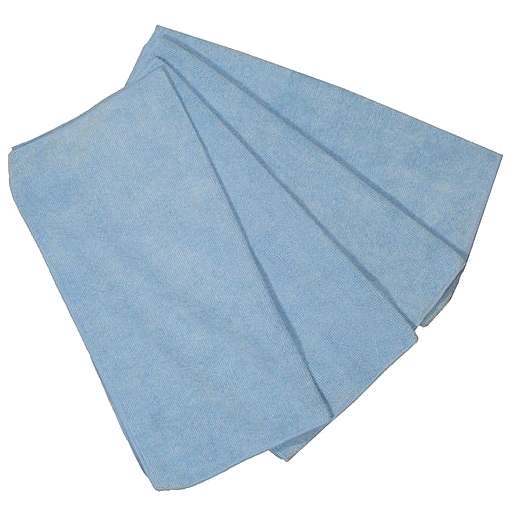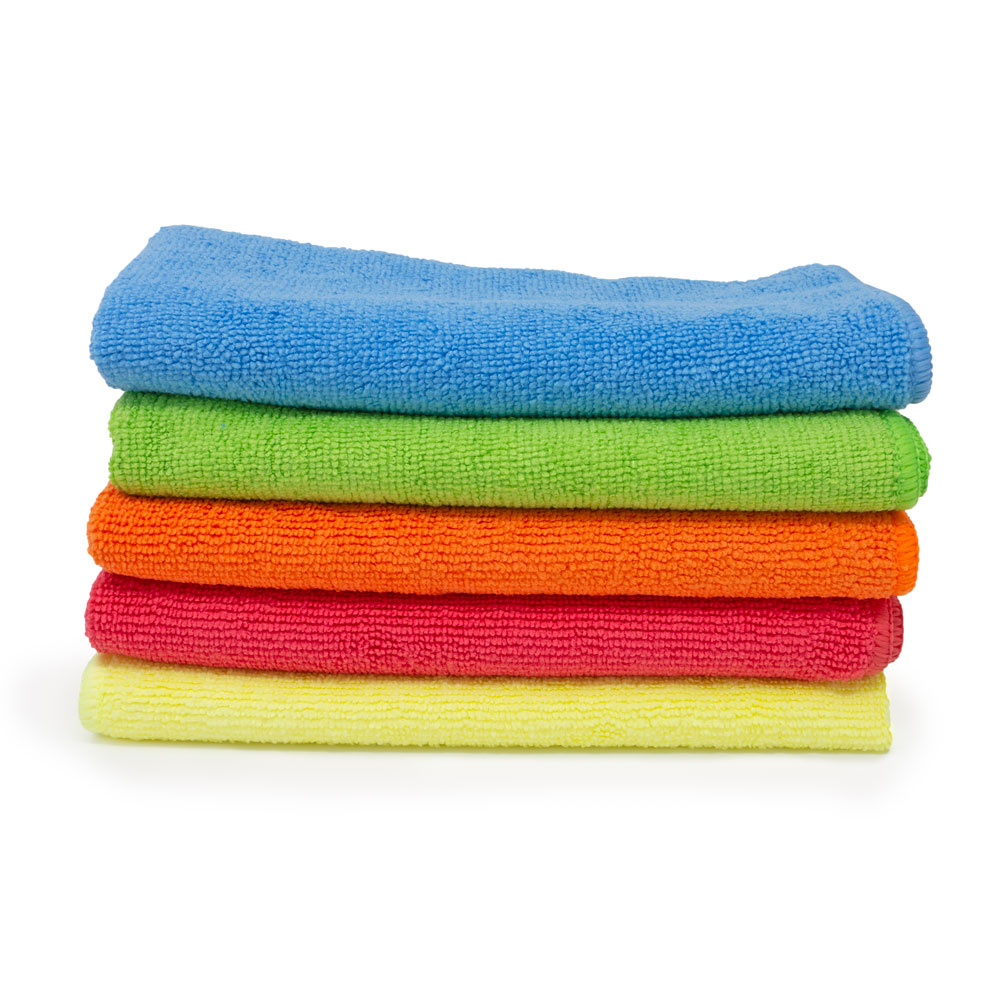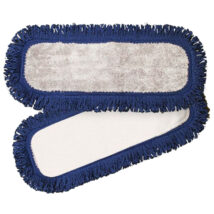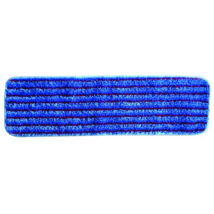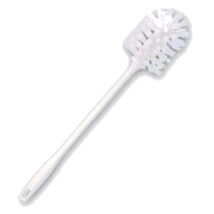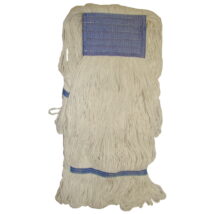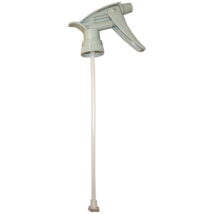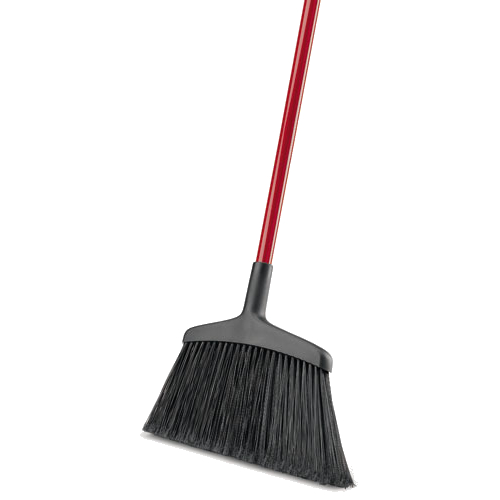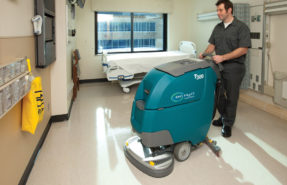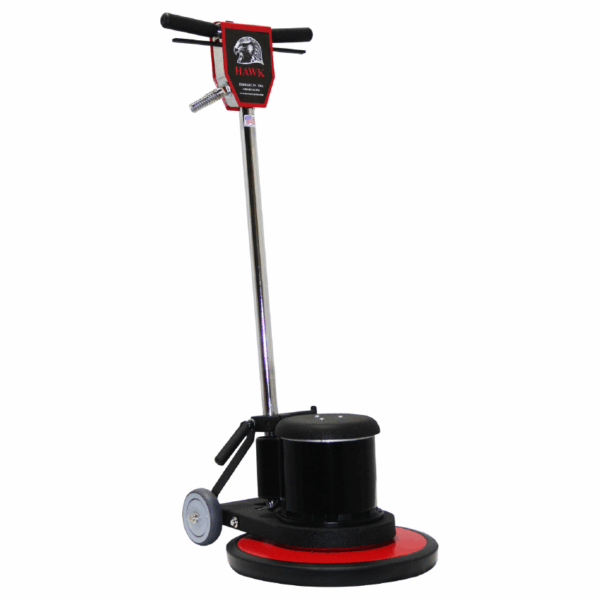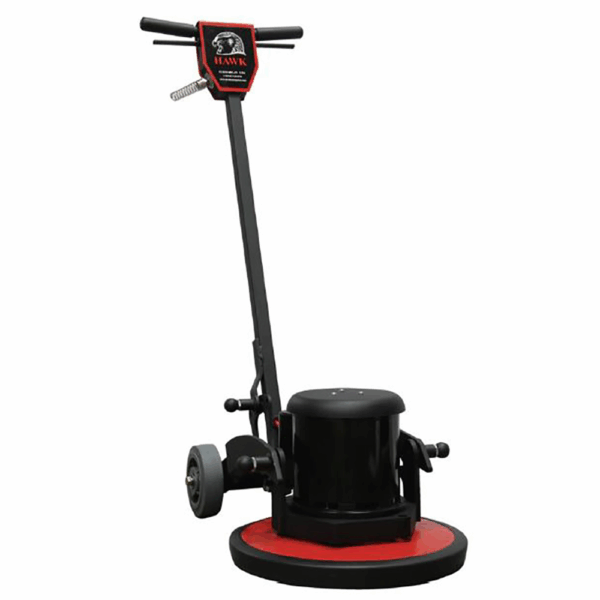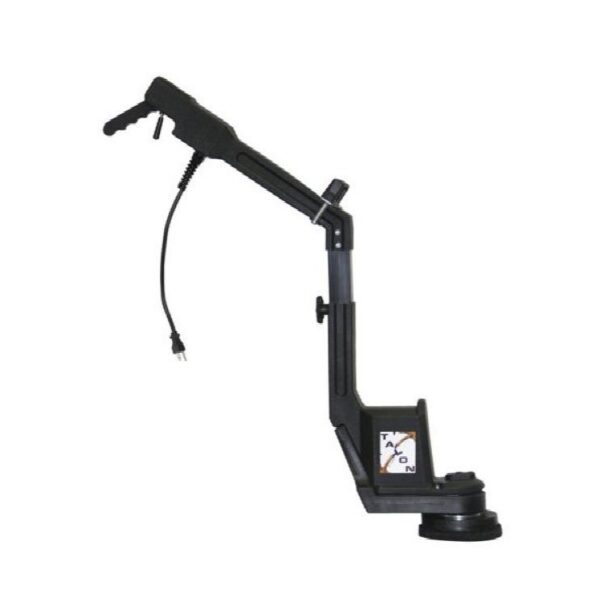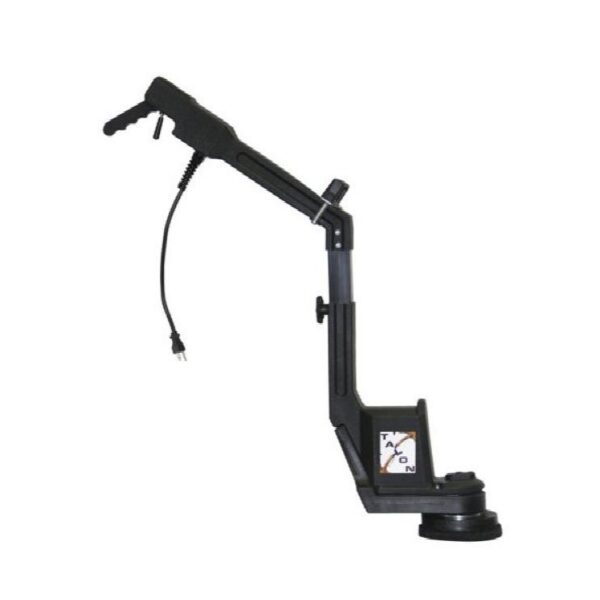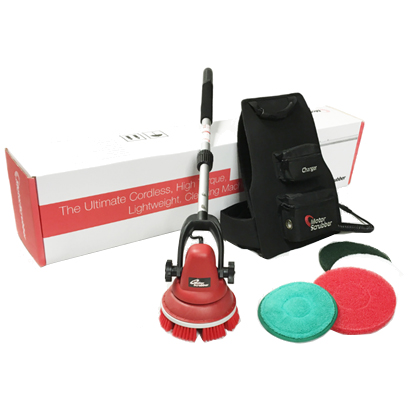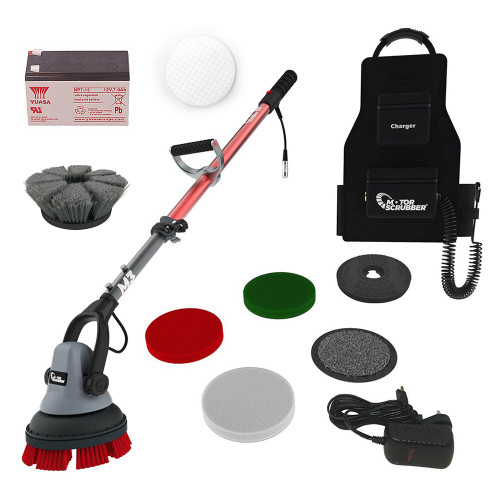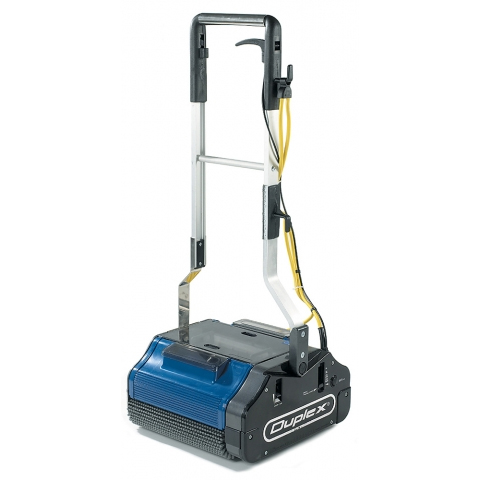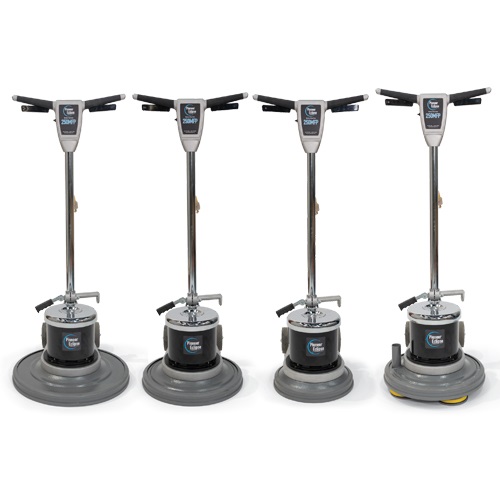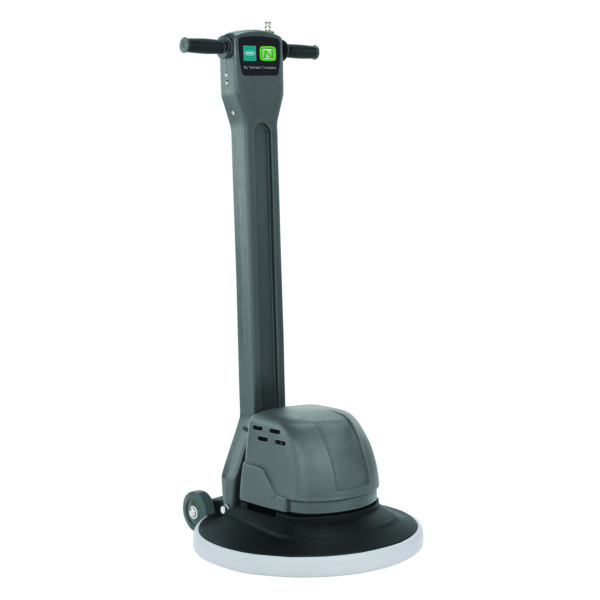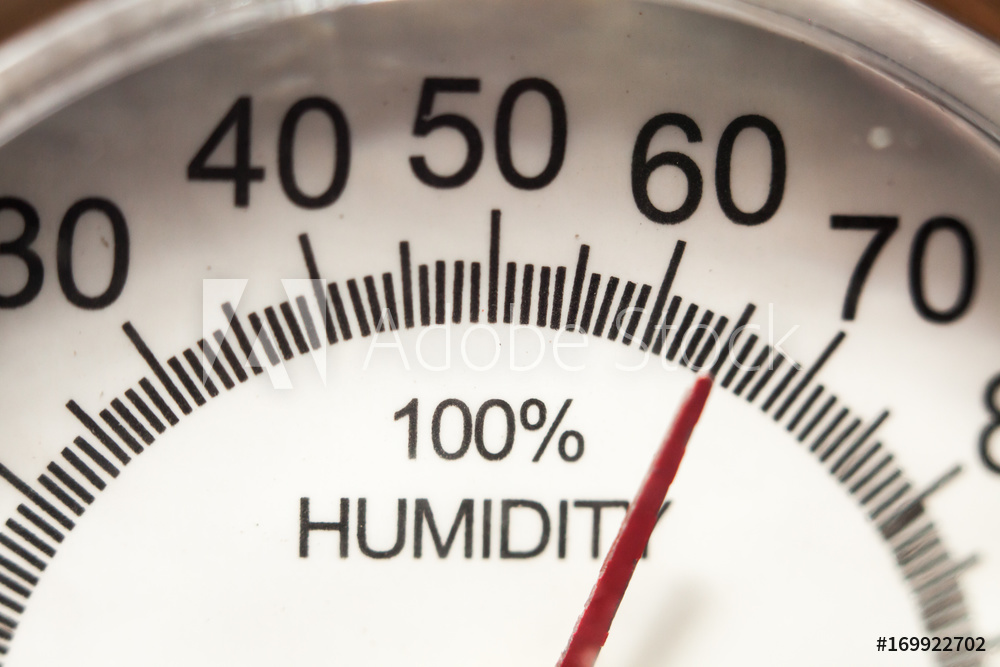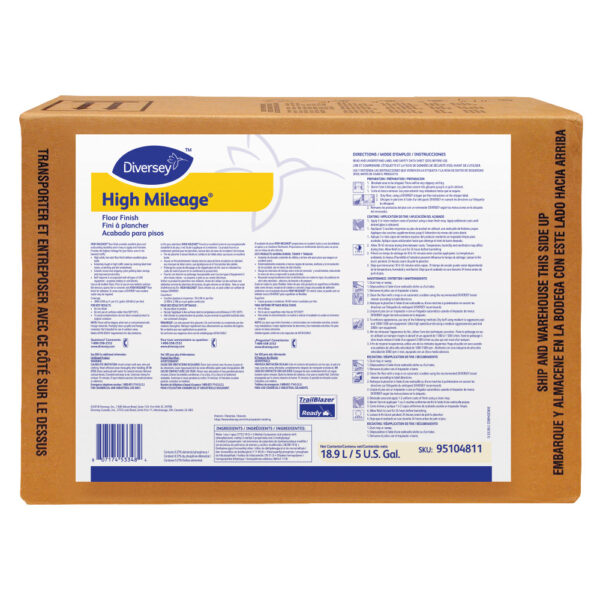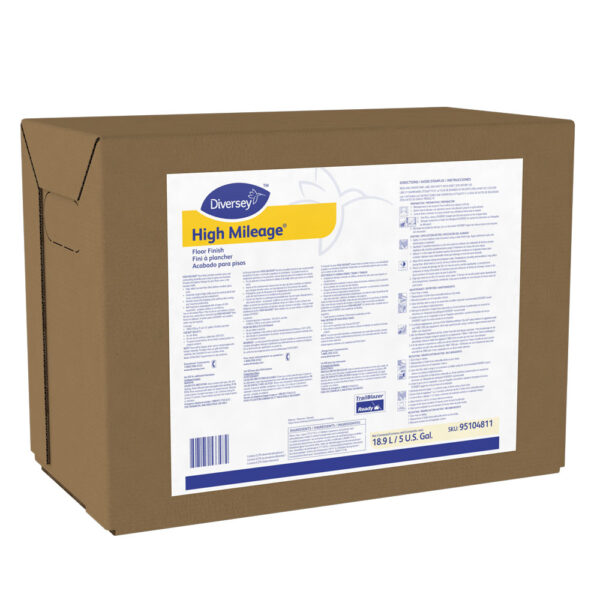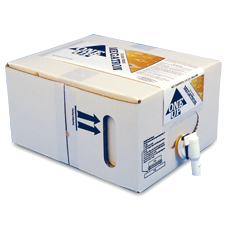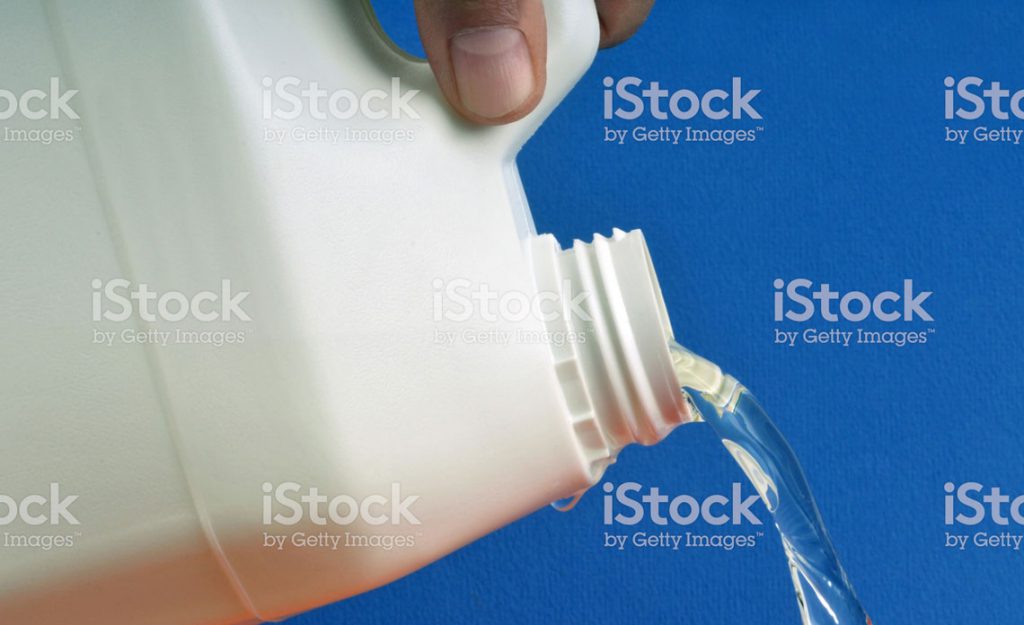3M Disinfectant Solution Tablets
The proven, safer alternative to bleach.
Kills C. diff spores in just 4 minutes at a significantly less cost.
Floor Coating Quick building and high gloss finish with 35% solids OmniGuard™ Ultra High
Speed Floor Coating Versatile and high gloss finish for high traffic areas
20” Auto Scrubber
With intuitive controls, best-in-class squeegee assembly, and straightforward operation, achieving a clean floor is as simple as turning a key.
IPC Eagle CT50
18” Self-Contained Extractor
- Strong cleaning performance to ensure healthy indoor air
- Easy to use with OneTouch, intuitive controls
- Increased capacity to maximize cleaning efficiency
Clarke EX40 18LX
THE ONE STOP SOURCE FOR ALL YOUR FACILITY NEEDS
Popular Product Categories
Featured Products
Why Choose Us?
What They Say About Us
Tutorials & Education
Scrub & Recoat Floors
Scrubbing, also known as deep scrubbing or top scrubbing, is the process of removing a couple top coats of floor finish that dirt has embedded into. A floor maintenance program that includes scrubbing and recoating will help prolong the need for floor stripping.
GOAL
RECOMMENDED
Supplies Needed
1. Apply Cleaning Solution
Working with cold water, pour your cleaning chemical into a mop bucket. Use a wet mop to apply the solution liberally onto the floor to soften up the dirt and the top layer of floor finish. Allow the chemical to sit for about 5 minutes to soak.
2. Scrub Away the Dirt
Next, go over the softened area one time with an autoscrubber or low speed floor machine using a cleaning floor pad. This will break the dirt free from the surface of the floor finish without removing all of the finish from the floor. The floor pad will scratch the surface which allows a fresh coat of finish to adhere to the floor properly.
3. Clean Up & Recoating
After you are finished scrubbing, use a wet/dry vacuum or autoscrubber to pick up the residue left behind from the floor. At this time the floor may look a little dull but it will still have its base coat of finish in tact. There should not be any scratches, heel marks, or cleaning residue left over when done. If the floor is clean, proceed to reapplying new coats of floor finish to add shine and protection to your floor.
The Effects of Temperature & Humidity on Floors
Humidity can have a big impact on the drying and performance of a floor finish – especially during hot summer months. High humidity slows down the evaporation of water from the floor finish’s film. The results of this is a film that is soft, incompletely dry, and prone to scuffing. This is because floor finish dries and hardens from the top surface inward towards the flooring. A floor finish which looks to be dry and feels dry to the touch can still be wet and soft close to the floor itself.
Adequate ventilation during and after applying a floor finish is very important!
Combat high humidity:
If the air in the area being finished is high in humidity, close the windows and run the air conditioner to help lower the humidity. You can also use a surface prep pad to remove floor finish without the need for stripping chemicals.
Combat cold temperatures:
In the winter, turn up the heat to dry out the air and help warm the flooring. The general rule of thumb is that the floor is 10 degrees cooler than the ambient air temperature in the room. So a room heated to 65 degrees may not warm the floor enough to ensure proper film foundation of the finish.
Another important aspect in floor finish drying is the relationship with the solids of the finish. Higher solids finishes result in thicker films developing on the floor and that creates a greater period of drying time required between coats.
Thank you for reading. Please let us know in the comments if there are any questions we can address on temperatures, humidity, or floor finish drying times.
RECOMMENDED FLOOR FINISHES
Differences Between Bleach and Quat
What is bleach?
Bleach is the common household name for a solution of sodium hypochlorite and water. Pure sodium hypochlorite is a water soluble, yellowish liquid that contains about 12% chlorine and is an extremely powerful oxidizing agent. It will corrode or destroy most metals, react with acids, peroxides, and many other chemicals to produce a toxic chlorine gas. It will dissolve paper, cloth, and many other organic materials.
The typical household strength for bleach is 5-6% chlorine. Even in this reduced capacity, bleach is a potent oxidizer and disinfectant with very high alkalinity. Caution must be used when working with bleach – even in a diluted forms. Fumes can produce severe irritation to the respiratory system. Skin contact can result in mild irritation to burns. Prolonged eye contact can cause permanent damage. Bleach contains NO cleaning agents.
What is quat?
Quat is the common name for quaternary ammonium chloride compounds. There are about 300 varieties of these compounds that provide varying anti-microbial efficacies. Quats are generally surfactants with cationic (positive) charges. Due to their surfactant structure, quats contribute cleaning power to their formulas. These products are low in both toxicity and corrosivity which makes them user-friendly and simple. These products are the choice disinfectant for most hospitals and health institutions.
Advantages & Disadvantages
Bleach
While the advantage of bleach is the inexpensiveness to use, it is greatly outweighed by disadvantages due to its hazardous nature to both health and the environment.
- Highly corrosive
- Contains toxic fumes
- Dissipates quickly
- Bleaches most fabrics
- Causes irritation to the eyes and nose
- Has no cleaning ingredients
- Dulls floor tiles and damages floor finish and grout
- Dangerous if mixed with many chemicals and cleaners
Quat
The disadvantages of quat are the price when compared to bleach. However, the advantages of quat is what makes it the winner.
- Excellent wide spectrum germ killing ability
- Film forming residual
- Low toxicity and corrosivity
- Simple to use
- Good shelf life
- Works in a variety of pH ranges
- Highly concentrated
- No odors
- Safe on mostly all surfaces
- Neutral formulas are available that will not dull floor finish.
- Will not change the taste or odor of food
Thank you for reading. Please let us know in the comments if there are any questions we can address on bleach or quat!
